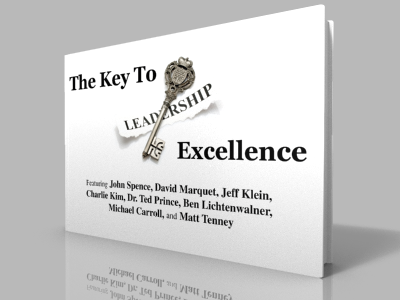Simple Tools For Increasing Productivity, Including A Skillful Use of A Tomato
Over a year ago, I attended a wonderful workshop at the Santa Fe College Center for Innovation and Economic Development (CIED) conducted by Jim Lilkendey of Apogee Coaching. The topic was being more productive.
Jim drew from his experience as a business coach and from two books, The Power of Full Engagement and Getting Things Done, which are both bestsellers. Interestingly, both books, and Jim’s discussion, seemed to point much less at simple organizational skills, which one might expect from a course on being more productive, and more towards the deeper, root causes of either being productive or not.
At root of it all is something that may sound obvious, but I think is rarely considered when considering ways to increase productivity – the alignment between what we’re doing and our deepest aspirations. In the workshop it was suggested that if we’re not doing something that we’re passionate about, our productivity will likely suffer a great deal.
The secondary focus, as I saw it, was on energy management. Jim mentioned the truth that we actually have no control over time. Thus, “time management” is a misnomer. What we can manage, he said, is our energy.
In addition to numerous practical exercises from David Allen’s book Getting Things Done, Jim mentioned the Pomodoro Technique. This program (named after a tomato timer used while cooking) is based on the idea that we humans can only focus our attention for so long before we become easily distracted and increasingly less productive. Thus, with the Pomodoro Technique, we are encouraged to work in a very focused way for 25 minutes, and then take a 5-minute break.
The effects are very interesting. When we know that we only have to remain focused for 25 minutes before we have break, it is much easier to stay true to the task at hand. Further, when we return from the break, we often have fresh insights into projects that we wouldn’t have had if we had continued to sit and struggle through it for hours.
I had been employing the idea of taking mindful breaks for some time. However, I would typically just practice some mindful breathing while seated at my desk. After Jim’s Workshop, I changed it up to more closely follow the Pomodoro Technique, and have noticed numerous benefits. I’m getting more done, I have more energy, and I feel significantly more relaxed throughout the day because I find it easier to remain focused for 25 minutes than for hours at a time.
Here’s My System
I use a timer that I set for 25 minutes, and begin working mindfully on my current task or tasks on my “to do” list, aware of my body and state of mind. I do not allow my attention to stray to incoming phone calls or Facebook or surfing the web. When the time expires, a nice harp on my phone lets me know that it’s time for a break.
To begin my 5-minute break, I stand up and take one deep breath in and out, practicing the same power breathing technique that we teach to youth in the Kids Kicking Cancer (KKC) program.
After taking my Breath Brake, I go for a brief walk outside, in mindfulness. I let go of any thinking and simply open my awareness to walking, what comes through my senses, and the state of the body and mind. This effort to be mindful and let go of thinking serves as a great recovery period alone. Seeing the blue sky or some trees further ads to the rest from the computer.
Also, I think this change of postures is essential. By walking, I’m increasing blood flow to the head, which energizes me mentally for when it’s time to sit back down to work.
I hope you find this as helpful as I have!
Just CLICK HERE, and I’ll send you this eBook, featuring chapters from John Spence, Jeff Klein, Charlie Kim, Michael Carroll, Ted Prince, David Marquet, and Ben Lichtenwalner.








